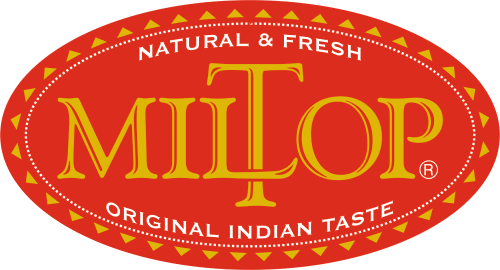Description
Madras curry or Madras sauce is a fairly hot curry sauce, red in colour and with heavy use of chilli powder. It originates in the south of India and gets its name from the city of Madras now known as Chennai. This curry can be vegetarian or made with meat. It has its origins in Hindu culture and being vegetarian is common. Curry powder is misnomer. What we refer to as curry powder is a mixture of many spices. The name is a cooruption of the Tamil word karhi. Throughout the days of British Raj, the word evolved as a loose description of any Indian food cooked in sauce. Curry powder is actually a pulverized blend of up to 20 spices, herbs and seeds.
Commercial curry powder–which bears little resemblance to the freshly ground blends of southern India–comes in two basic styles: standard/mild, and the hotter of the two, “Madras curry powder Hot”.There are many variations on Madras curry and cooking in India is more a domestic practice than a cuisine governed by the conventions of chefs, restaurants, or texts. Availability of local or locally available ingredients is central to regional Indian foods. The end result of the signatures of Madras curries can be achieved through different means; the result often being that of: red colour; toasty spices; and the smoothness of coconut (or yoghurt); the sour-sweet fruitiness of tamarind; a slight liquorice flavour of anise; ginger; a range of other spices (sweet and savory and earthy) and the flavors of salt, sweet and sour. The redness is achieved with chilli or a mixture of chilli and paprika, and the orange of turmeric. A possible variation, to achieve an end result of redness, is also the addition of the fruity-savory flavors of tomato. The sourness is from the tamarind with the possible addition of lemon, lime or vinegar. The spices are complementary to the fruit and the savory flavors. The savory ingredients include garlic (and possibly also onion or asafoetida). The oil may be ghee or coconut oil. Garam masala may be part of the spice mixture with other spices including coriander, and black peppercorns.
The variations include the roasting of many of the spices including dried chillis, coriander seed, nutmeg, cumin and cinnamon. This can be done in an oven for 10 minutes at 180o C, or in a frying pan with no oil at low heat. A basic spice mix for Madras curry can be made when these dried roasted ingredients are ground in a mortar and pestle or coffee grinder and mixed with turmeric and stored in readiness for use. Variations are also related to means of storage. The primary spice ingredients can be stored as; roasted dried ground powder; a paste of dried ingredients with vinegar; an oil spice infusion.
Madras Curry Powder is a low-calorie way to season your favorite recipes. Use this piquant and peppery blend of herbs and spices in braises and sauces, or use it to create intensely flavored oil. Madras Curry Powder is used to flavor lentils, soups and stews. It is great for adding a splash of flavor to all kinds of sauces and marinades as well as meatloaf, burgers, chicken, tuna, pasta and potatos. Add to yogurt or sour cream for a zesty marinade. Common accompaniments to Madras curry include raita and fresh coriander.


